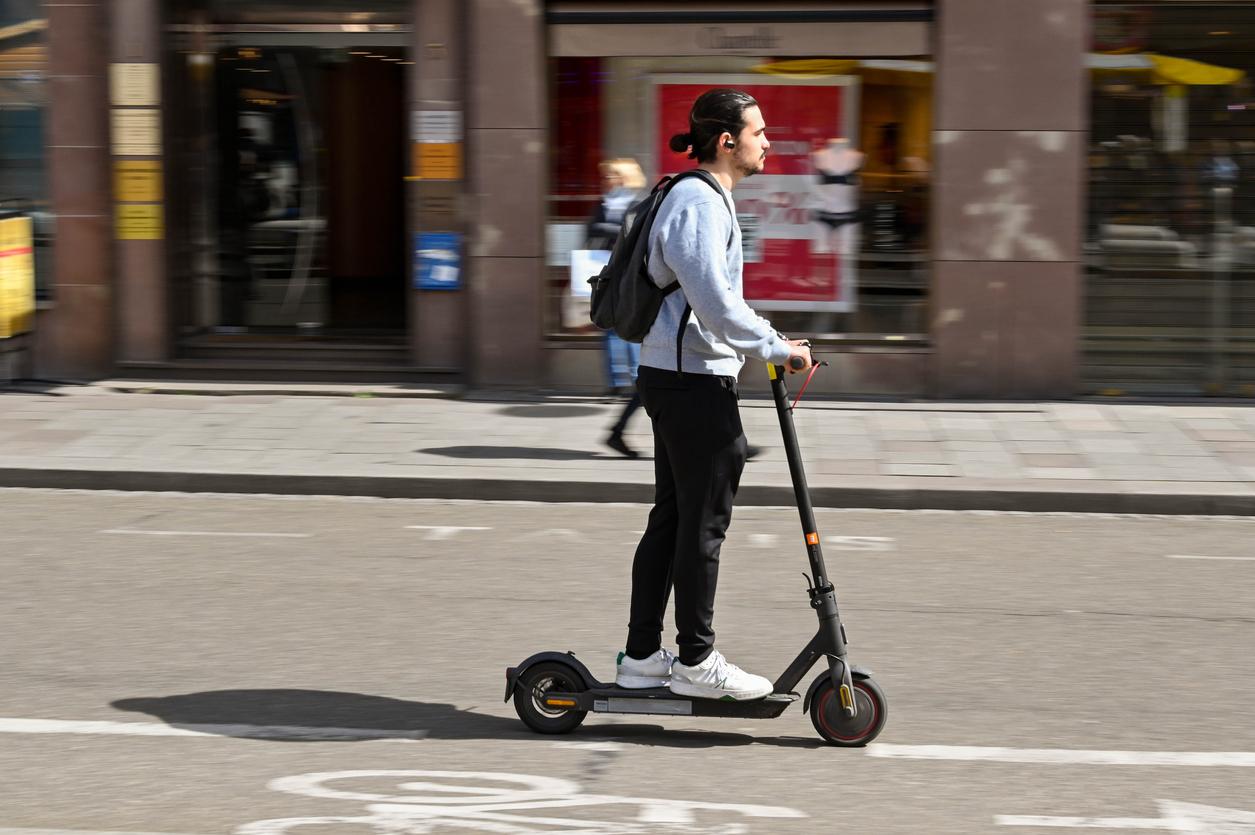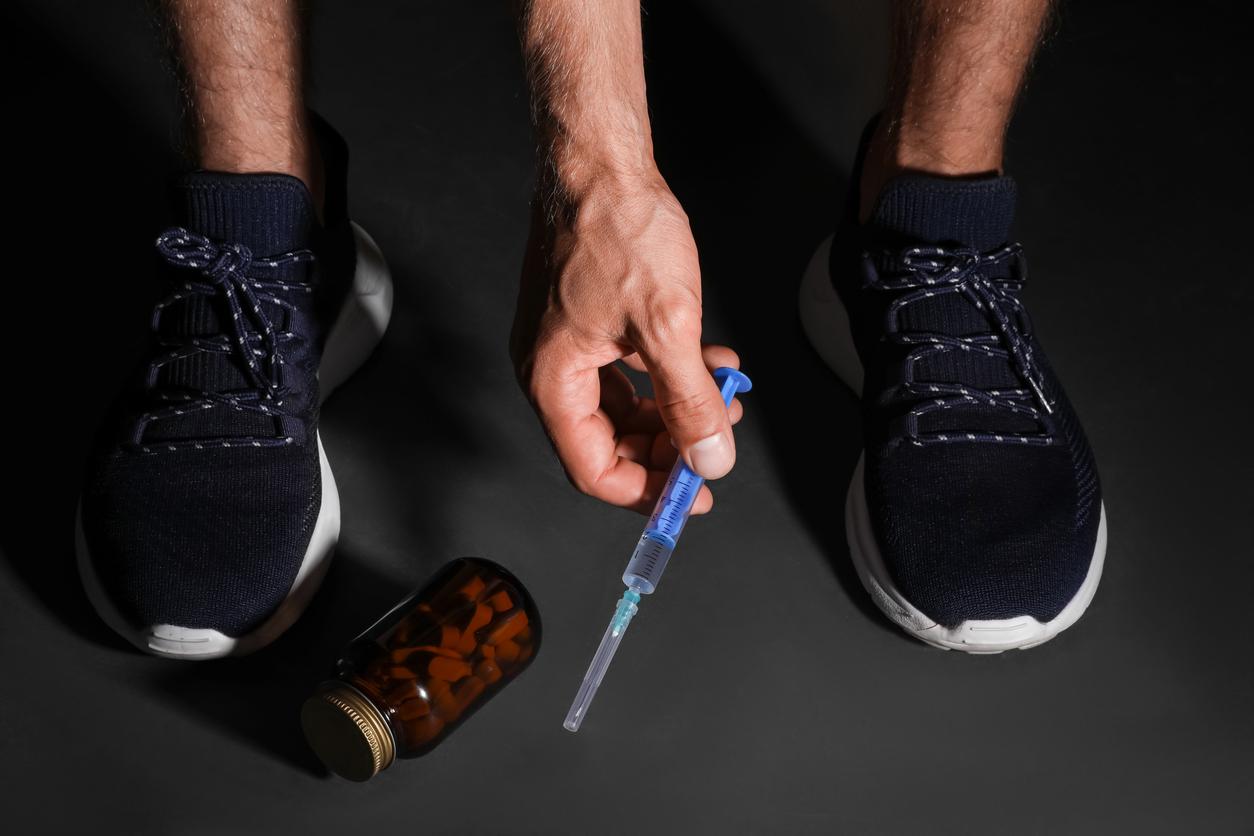French MotoGP rider Fabio Quartararo suffered a sudden and unexpected collapse at the last Grand Prix in Jerez, Spain, dropping from first to thirteenth place. The 22-year-old from Nice was affected by compartment syndrome, a muscular problem well known to motorcyclists.

- Compartment syndrome is characterized by tetanization of the forearm muscle, the ulna, by prolonged and repeated stress.
- This injury requires an operation which results in a short-term absence, estimated at 10 days.
- Fabio Quartararo’s operation went well and he should be present at the French Grand Prix on May 14, 15 and 16 at the Bugatti circuit in Le Mans.
For anyone who watched the last MotoGP Grand Prix in Jerez, Spain, the behavior of French rider Fabio Quartararo struck a chord. While dominating the race, the driver suddenly lost his lead and dropped to thirteenth place. “I managed to hold another four laps as I started to feel bad on the bike. It was getting worse and worse and in the end it was unpredictable, very dangerous”, he testified after the fact to explain the reasons for this fall in the classification. Like many riders before him, the 22-year-old Frenchman fell victim to compartment syndrome, also known as biker disease.
Not the first time for Quartararo
Compartment syndrome is characterized by tetanization of the forearm muscle, the ulna, by prolonged and repeated stress. That’s why after the race, the Frenchman said that his arm “it was stone”. “The muscles are contracted for long periods without being able to relax and re-oxygenate and therefore find themselves cramped in their compartments”, specifies Pierre Ortega, doctor and president of the medical committee of the French Motorcycling Federation (FFM), to West France.
This is not the first time that the Frenchman has faced this injury since in 2019, already, he was operated on for this disease. Since the start of the season, two other bikers, Iker Lecuona (KTM) and Jack Miller (Ducati), have had to undergo surgery for compartment syndrome. “It’s impossible to drive with (this syndrome), especially on the right side with the accelerator and the braketestified on Eurosport. Randy de Puniet, ex-pilot of the elite category, also went through the operating room. We can no longer apply, so when we reach 300 km/h and we have to grab the brakes… it’s not easy.”
A short absence
This syndrome strikes riders more and more as motorcycles become more powerful. “Especially with machines which are increasingly heavy (157 kg for a latest generation machine), which go faster and faster and which require you to brake harder and harder”, adds Randy de Puniet. This season, the other Frenchman, Johann Zarco (Ducati), broke the speed record by reaching 362.4 km/h at the Losail Grand Prix. Maddening figures that lead the former pilot to think that “in two years, the whole board will be spent on the pool table”.
The good news is that the operation does not entail too long an absence, generally estimated at around ten days. Fabio Quartaro’s operation took place on Tuesday and according to his communication on his Instagram account, everything went well. He should be back in competition for the Grand Prix de France, on May 14, 15 and 16 on the Bugatti circuit, at Le Mans. “On a first intervention we do what is called an aponeurotomy, we open the lodge, and it generally remains a relatively simple interventionexplains Doctor Ortega. But when there is a recurrence we are obliged to have a little more aggressive techniques in quotation marks, and we will go and open a little wider in the boxes..” The latter is reassuring: “surgical solutions always help to troubleshoot the high level driver and reduce pain.”
See this post on Instagram
The carbon brakes pointed out
Beyond the personal case of the Frenchman, the question of the physical limits imposed by the new motorcycles arises. “We’ve been hearing about this phenomenon for a few years now, which concerns high-level riders, which I didn’t experience when I was racing.explains Christophe Guyot, winner of the 24 Hours and World Endurance Champion before collecting world titles in Endurance at the head of the GMT94 Yamaha team.. I think it has a lot to do with the use of carbon brakes, also with the muscles of the riders: they are now preparing a lot to hold the distances, which are quite high, on physical motorcycles to ride. The carbon brakes impose a large braking resistance. Hence this compartment syndrome which makes the arm hard as concrete. It’s disabling because we lose strength, and the pain, intense, is there”.
.

















